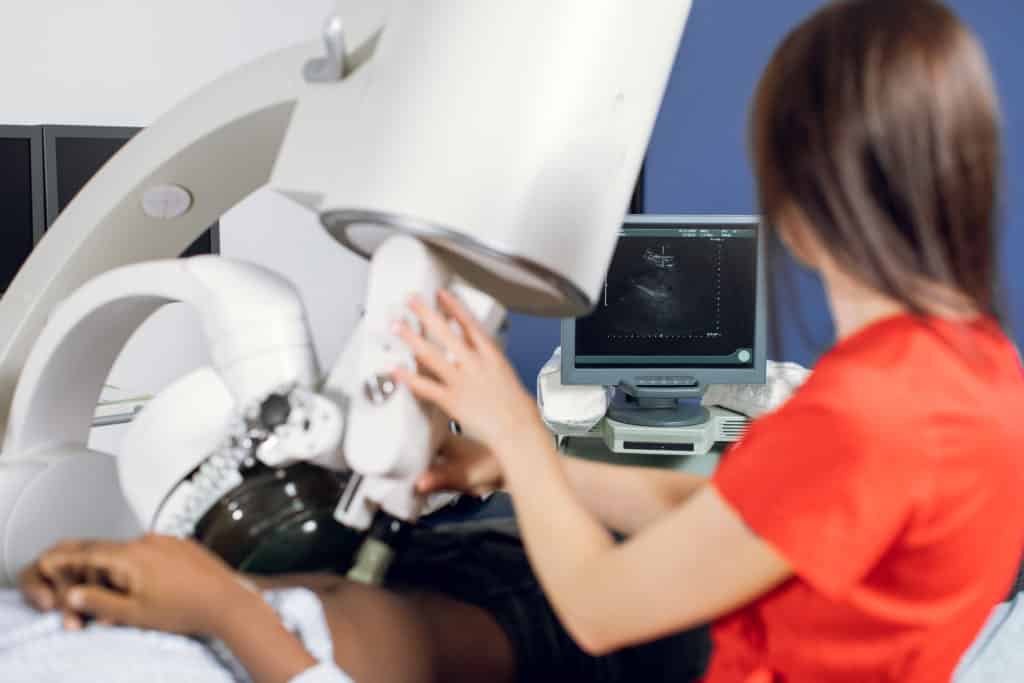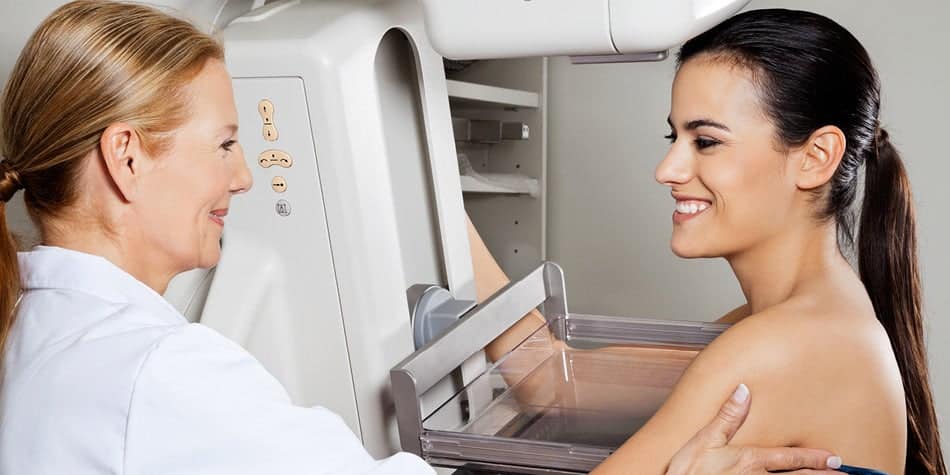Fluoroscopy Appointment Guide
What Is Fluoroscopy?
Fluoroscopy is a medical imaging process that displays internal organs and tissues moving in real-time on a computer screen using several pulses (short bursts) of an X-ray beam. Fluoroscopy is like a video, while traditional X-rays are like images.
Fluoroscopy can be used to examine body parts, such as the heart, lungs, or kidneys, as well as solid organs, such as the bones, muscles, and joints. X-rays, myelography (myogram), computed tomography (CT scan), magnetic resonance imaging (MRI), and arthrography are additional related procedures that diagnose issues with the bones, muscles, or joints.
Healthcare professionals primarily employ fluoroscopy for diagnostic and interventional guidance, which involves using it to guide therapeutic procedures such as surgeries and catheter insertions.


Why Do We Use Fluoroscopy?
Fluoroscopy is a diagnostic imaging tool used independently or in concert with other diagnostic or therapeutic techniques or media. Barium X-rays, cardiac catheterization, arthrography (visualization of a joint or joints), lumbar puncture, insertion of intravenous catheters (hollow tubes inserted into veins or arteries), intravenous pyelogram, hysterosalpingogram, and biopsies are just a few of the tests and procedures that require fluoroscopy.
With barium X-rays, fluoroscopy enables the physician to position the patient for spot imaging and observe the motion of intestines as barium passes through them. Fluoroscopy is used with cardiac catheterization to allow the physician to analyze the blood flow through coronary arteries and assess the presence of arterial obstructions.
It aids the physician in directing the intravenous catheter into a specific area of the patient’s body during intravenous catheter placement.
Additionally, fluoroscopy is used for the following purposes:
- tracking down alien bodies,
- injections of anesthetics with image guidance into joints or the spine,
- surgical vertebroplasty—a minimally invasive treatment method for treating compression fractures of the spine’s vertebrae.
Schedule Your Fluoroscopy Appointment Today
*Fields marked with an asterisk are mandatory.
Our experts work with advanced and leading fluoroscopy equipment to provide accurate results for diagnostic imaging.
- Barium Swallow
An esophagram is a fluoroscopy imaging procedure that looks for issues in the upper gastrointestinal tract, which includes the mouth, throat, esophagus, stomach, and first few inches of the small intestine. Drinking a liquid with a chalky taste that contains barium, a harmless chemical that enhances the visibility of some body areas on X-ray images, is required for the test.
- Barium Enema
Lower gastrointestinal tract radiography, often called a barium enema, is a fluoroscopy imaging procedure that looks for issues in your colon and rectum (parts of your large intestine).
- Angiography
Angiography is a procedure that uses fluoroscopy to find and diagnose artery narrowing or blockages. If necessary, medical professionals occasionally conduct an angioplasty during diagnostic imaging to unblock clogged coronary arteries.
- Cystography
Cystography is an imaging examination that uses fluoroscopy to help identify bladder-related issues. A medical professional performs cystography by inserting a tiny tube into your urethra called a urinary catheter and injecting contrast material into your bladder. Certain bladder regions can be seen more clearly on X-ray images with the dye.
- Myelography
Myelography examines your spinal cord, nerve roots, and spinal lining using fluoroscopy and a contrast agent injection (meninges). It is helpful, especially for evaluating your spine after surgery and evaluating disc problems in patients who cannot undergo MRI testing (usually due to having a medical device, such as a cardiac pacemaker).
- Hysterosalpingogram
Fluoroscopy is used during a hysterosalpingogram to produce images of the biologically female reproductive organs. It can aid in the diagnosis of a few infertility causes.
Fluoroscopy has been a staple imaging modality for many years, and its applications and usage are only likely to increase. It is the best imaging modality when doctors require motion imaging to examine organs during gastrointestinal, urinary, pulmonary, or vascular procedures.
Additionally, it directs surgeons during specialized procedures that need the real-time identification of the intervention site or the installation of catheters, stents, or needles. Here is what to expect from a seamless fluoroscopy imaging service from Valence Medical Imaging:
- Precautions
Before arranging the exam, please check with your doctor if you are pregnant or suspect you could be. Your doctor will talk to you about further choices. You might be asked to dress in a patient gown.
- Food and drinking restrictions
Specific instructions will be given, depending on the exam planned.
- Allergies
Let the radiologist or technician know if you have a medicine allergy or sensitivity to iodine, contrast dyes, or other substances.
The kind of fluoroscopy used will determine the care needed following the procedure.
- The leg or arm where the heart catheter is implanted would likely need to be immobile. The procedures might vary depending on a recovery period of several hours following some operations, such as cardiac catheterization. Some procedures might have shorter recovery periods.
- After your surgery, call your doctor if you experience any pain, redness, or swelling at the IV site. These symptoms could signify an infection or another kind of reaction.
- Your doctor will provide you with more detailed advice about aftercare for yourself post the examination or operation.
Accurate Fluoroscopy Imaging
Depending on the area of your body that was checked or treated and why your healthcare professional recommended it, the type and interpretation of your fluoroscopy results will vary. Your doctor might have to get more information from you or have an expert analyze your test findings to proceed with the diagnosis.
Healthcare professionals frequently perform fluoroscopy, a common imaging method, to monitor and diagnose disorders and to help direct specific procedures. Asking your provider questions about the process is normal since every fluoroscopy procedure differs.
We at Valence Medical Imaging have experienced technicians and specialists to assist you with the entire process. We use thoughtfully designed methods and the right equipment to give you the best results. Book an appointment today.

